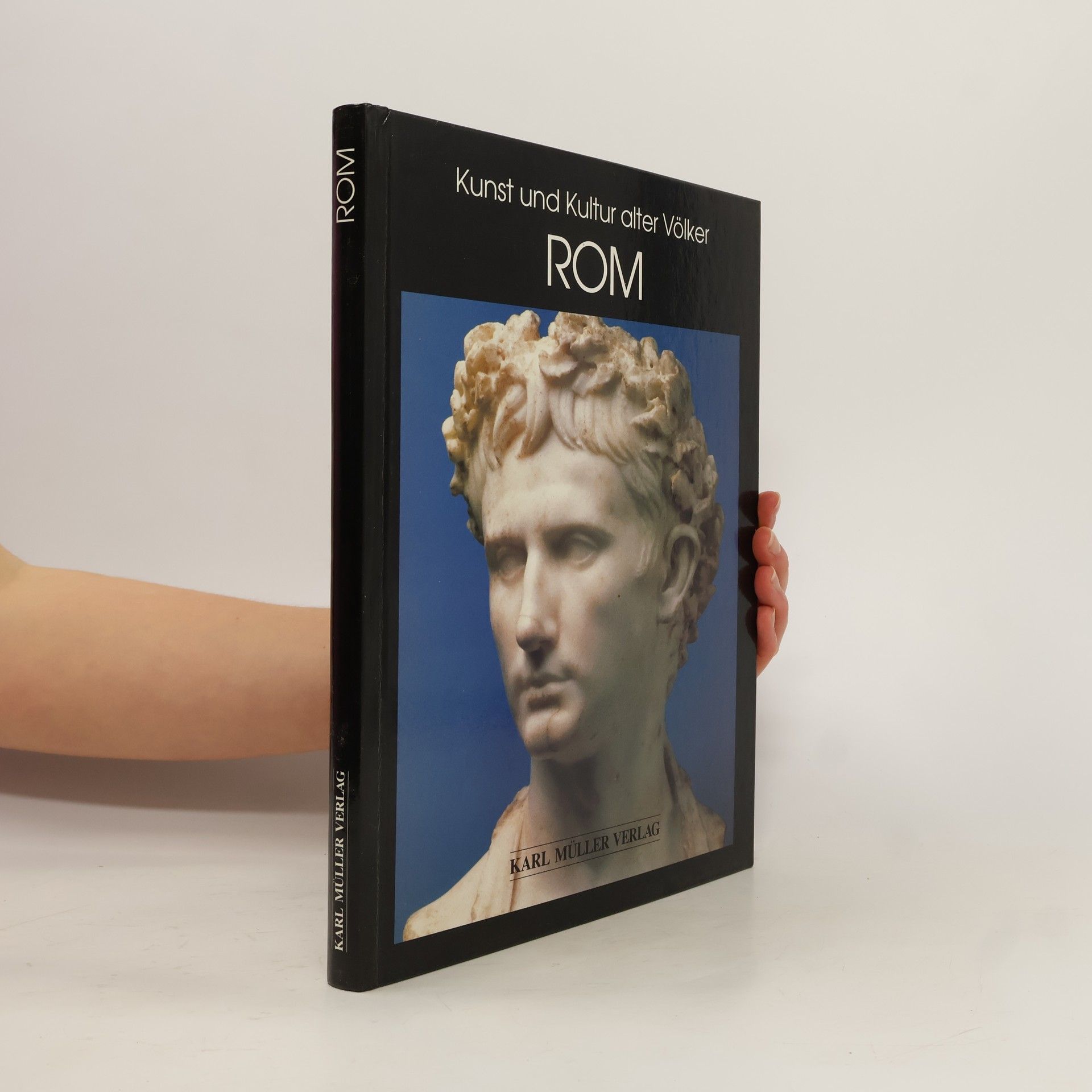This little book deals with an issue that is central to the study of the classical past, Namely, what were the driving forces behind the artistic activity that occurred in fifth century Athens - artistic activity of which we have many physical vestiges, and which inspired a classical tradition that has spanned more than two millennia? By examining metaphors of weaving (especially in Euripides' Ion) and descriptions of ancient textiles, and comparing them with what can be gleaned from the scanty archaeological record, it has been possible to show that the competitive creation of pictorial cloths may have provided one of the dynamos that generated such creativity. Tapestry workshops also contributed to the progressive enrichment of the household environment that took place between the early fifth century and the mid-fourth. Wall-hangings were employed in the dining rooms of the rich, and also in the temporary structures erected at festivals.
Michael J. Vickers Livres


Der Band vermittelt ein umfassendes Bild von der Entwicklung des Alten Rom, von seinen Anfängen am Tiberufer um 800 v. Chr. bis zur Herrschaft über den Mittelmeerraum